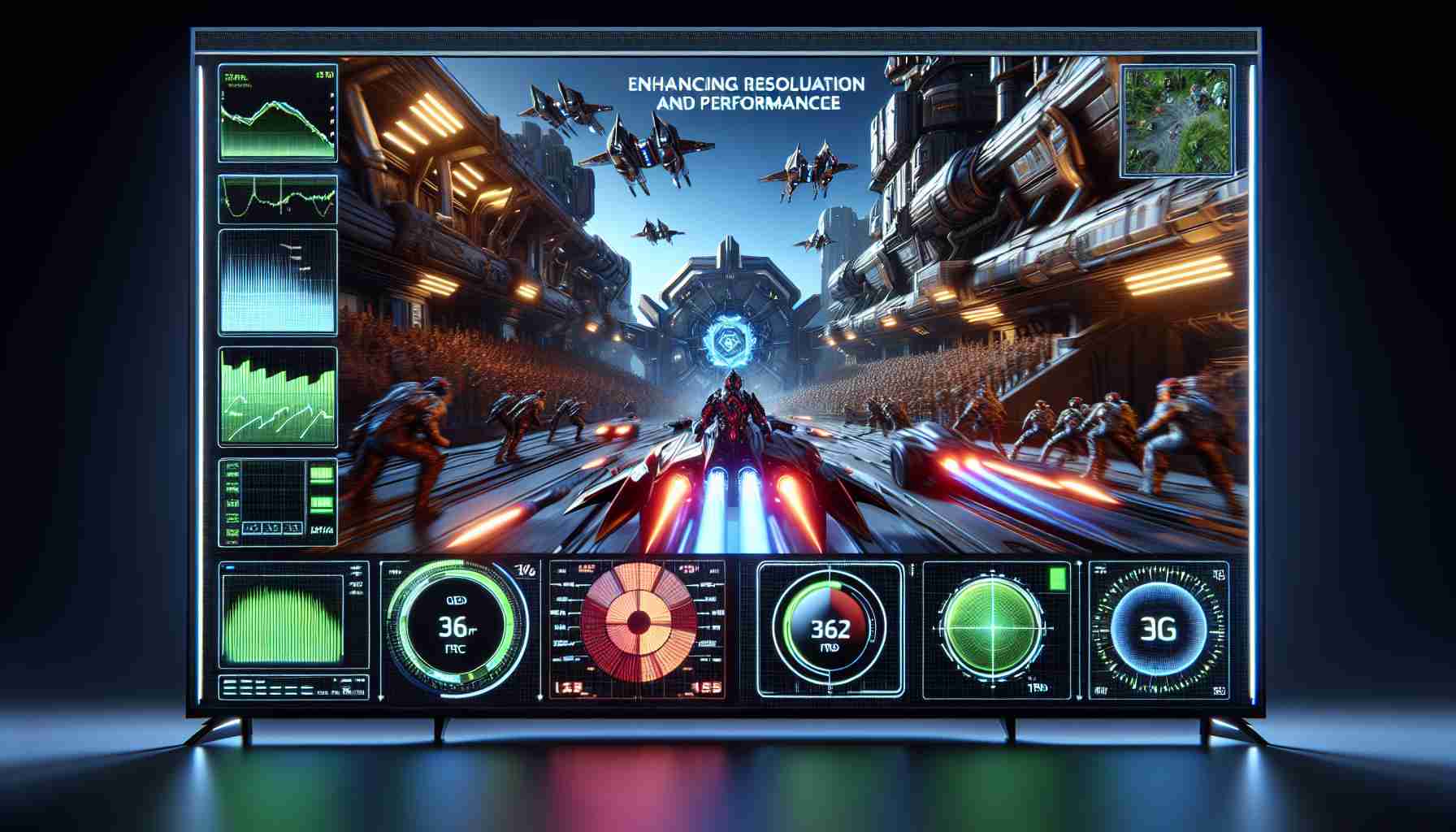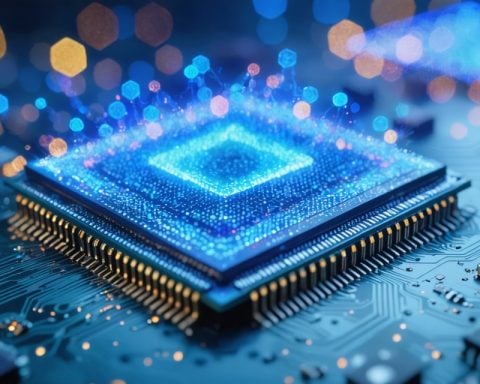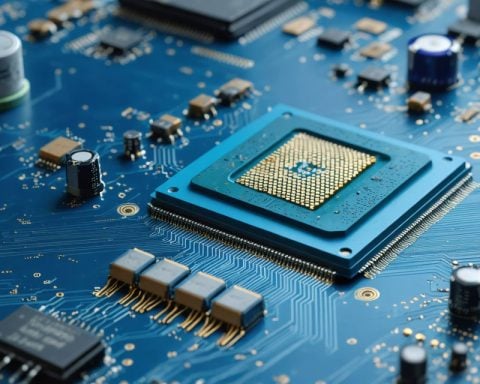Ryan Miceli, a dedicated gaming enthusiast, embarked on an ambitious mission to push the boundaries of Halo 2. Inspired by a friend’s redesigned Xbox console, which boasted impressive overclocks, RAM upgrades, BIOS hacks, and a processor swap, Miceli took on the challenge to patch the game’s maximum resolution. His goal was to elevate it from the existing 480p to the breathtaking visuals of 720p or even 1080p. With determination and resourcefulness, Miceli dived into the task at hand.
To begin, Miceli focused on increasing the size of the DirectX framebuffers. However, this adjustment introduced graphical glitches and rendering bugs. Unfazed, he delved deeper into the game’s mechanics, discovering that the Xbox had a limitation of only sampling four textures per shader pass. To overcome this limitation and enable sampling of more than four textures, Miceli had to create a buffer of the render resolution size. Unfortunately, this caused an out-of-memory crash, even with the additional 64MB of RAM he had added to the Xbox.
Miceli was not one to back down from a challenge. He developed a new tool called XboxImageGrabber to identify where and by whom memory was allocated. Through his investigations, he determined that the memory allocator in Halo 2 was not taking full advantage of the upgraded RAM. To rectify this, he patched the allocator to work with two separate memory blobs instead of one continuous allocation. Additionally, he tweaked the kernel to allow memory allocations that the GPU could utilize in the upper 64MB.
As Miceli continued his quest to enhance the game’s performance, he identified the swap chain as the bottleneck, rather than the GPU or CPU. By introducing a third frame buffer, he increased the average FPS by 10%, and with a slight GPU overclock, the game approached a nearly seamless 30fps. Miceli’s meticulous reverse engineering and debugging efforts minimized pop-ins that plagued the original game.
Miceli’s triumph is awe-inspiring, requiring countless hours of hard work and determination. The patch’s code is conveniently available on Github for those eager to experience the improved Halo 2. Witness the amazing transformation in the video below!
If you are still yearning for more Halo experiences, why not take it a step further and bring the iconic battle rifle to life with your own hands? Engage in the ultimate fan project and immerse yourself in the world of Halo like never before.
Additional facts related to the topic “Expanding the Limits: Enhancing Halo 2’s Resolution and Performance” are:
1. The original release of Halo 2 in 2004 was limited by the hardware capabilities of the Xbox console at the time, which led to a maximum resolution of 480p.
2. Ryan Miceli’s modifications and enhancements to Halo 2 were only possible due to hardware modifications made to the Xbox console, including overclocking the CPU, upgrading RAM, and modifying the BIOS.
3. Miceli’s efforts to improve Halo 2’s resolution and performance were a personal project and not an official release or update from the game’s developers, Bungie Studios.
4. Miceli’s advancements in Halo 2’s resolution and performance were achieved through reverse engineering and patching the game’s code to optimize memory allocation, increase frame rates, and minimize graphical issues.
5. Miceli’s work on enhancing Halo 2’s resolution and performance showcases the dedication and skill of the modding community in pushing the boundaries of game technology and preserving gaming history.
The most important questions related to the topic are:
1. How did Miceli increase Halo 2’s resolution beyond the original 480p limit?
2. What challenges did Miceli face in optimizing the game’s performance and how did he overcome them?
3. Are Miceli’s modifications and enhancements to Halo 2 accessible to the general public and how can they be implemented?
Key challenges or controversies associated with the topic include:
1. The legality and ethical considerations of modifying and distributing modified versions of copyrighted video games.
2. The potential impact of these modifications on the original artistic intent of the game’s developers.
3. Compatibility issues and potential risks of hardware modifications to gaming consoles, such as overclocking or BIOS modifications.
Advantages of expanding the resolution and performance of Halo 2 include:
1. Enhanced visual experience for players, with higher resolutions and improved graphics.
2. Increased frame rates and smoother gameplay, providing a more immersive and enjoyable gaming experience.
3. Preservation of gaming history by pushing the boundaries of older games and making them playable on modern hardware.
Disadvantages of expanding the resolution and performance of Halo 2 include:
1. Technical difficulties and potential instability introduced by modifying the game’s code and hardware.
2. Potential compatibility issues with certain console models or configurations.
3. Legal and ethical concerns related to copyright infringement and unauthorized distribution of modified game files.
Suggested related links:
– Halo 2 Refreshed GitHub Repository
– Video showcasing the enhanced Halo 2 transformation on YouTube
– Official Halo Waypoint website



















